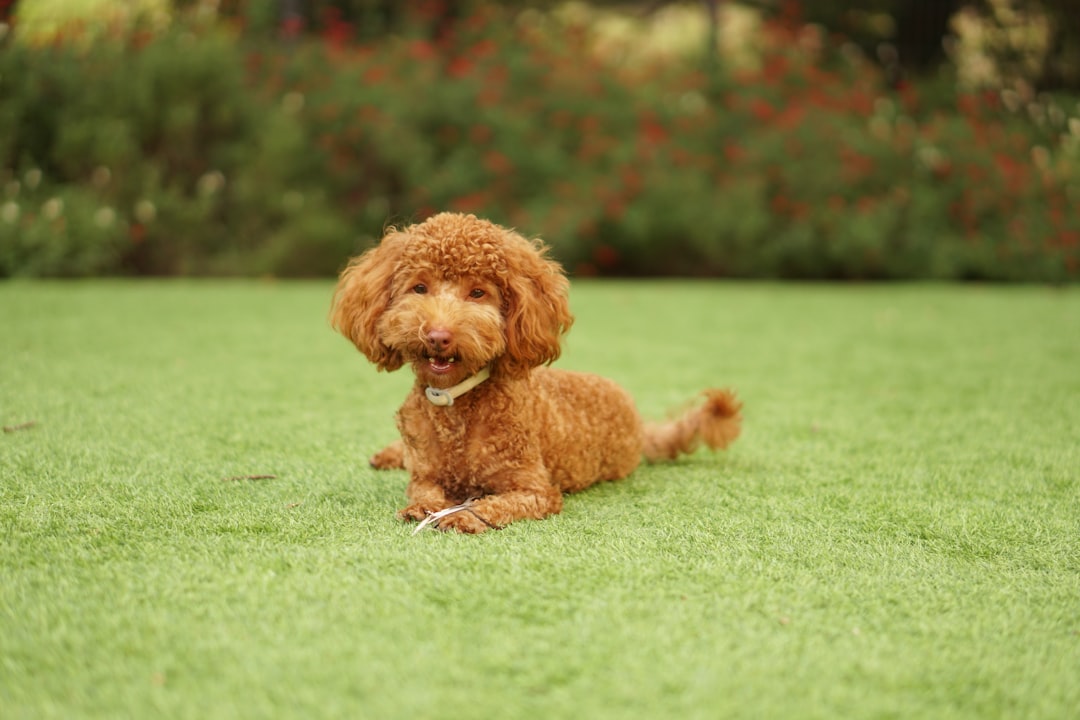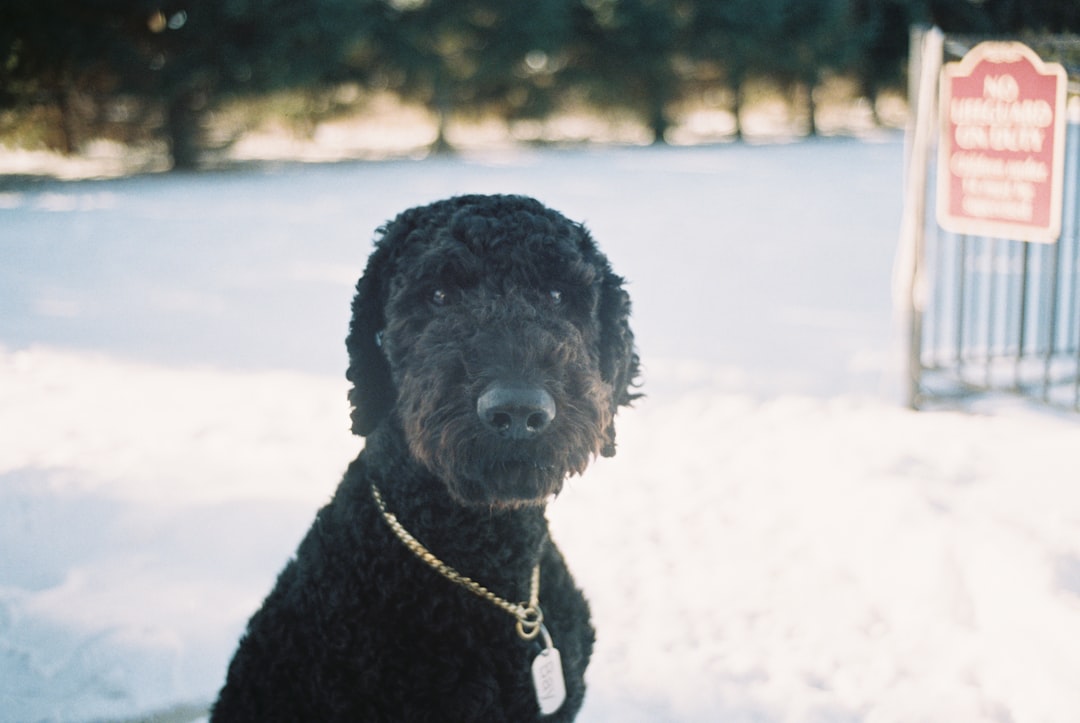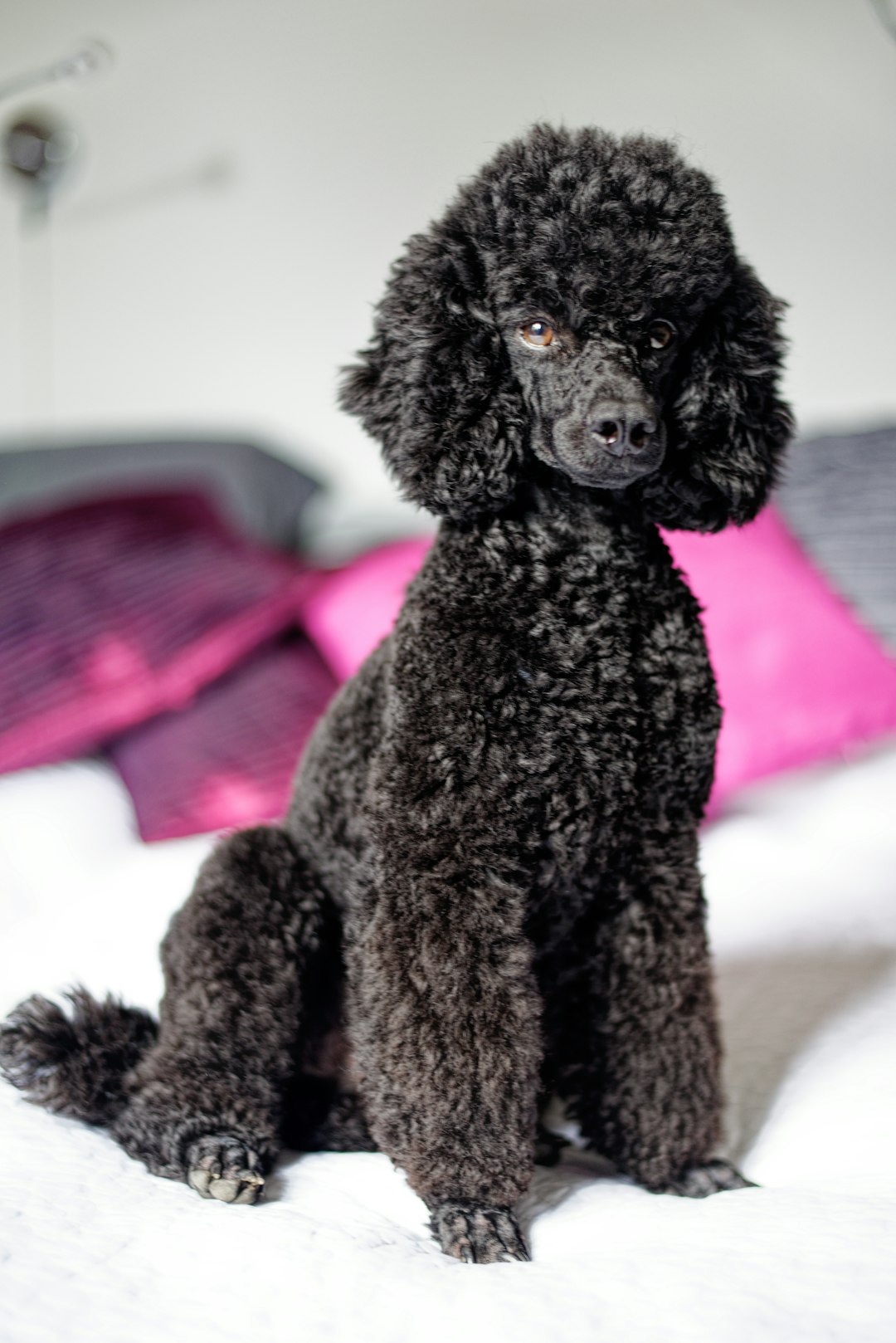If you thought dachshunds couldn’t get any cuter, wait until you meet the Long Haired Dachshund! With their luxurious locks and quirky personalities, these pups are more than just a pretty face. It’s essential to understand their unique features, especially if you’re considering adding one to your family. From grooming to exercise, these little lovebugs require special attention. So, buckle up as we explore the delightful world of Long Haired Dachshunds, where fluff meets fun and every wag is filled with joy!
Physical Characteristics of Long Haired Dachshunds

The Long Haired Dachshund isn’t just a pretty face; it flaunts a fabulous coat that makes tails wag! Here’s what makes them stand out:
- Coat: Their silky, flowing fur comes in various colors and patterns, including chocolate, cream, and dapple. This luxurious coat may require a bit of care, but it’s definitely worth the effort!
- Body: With those trademark long bodies and short legs, these pups always leave an impression. Measuring about 8 to 9 inches tall and weighing 16 to 32 pounds, their adorable stature is hard to resist.
- Ears: Those long, floppy ears are not just for show. They help amplify sound, making them excellent little hunters despite their cuteness!
Comparison Table: Long Haired vs. Smooth Haired Dachshunds
| Feature | Long Haired Dachshund | Smooth Haired Dachshund |
|---|---|---|
| Coat Type | Long, silky fur | Short, dense fur |
| Grooming Needs | Regular brushing required | Minimal brushing needed |
| Show Appearance | Fluffy, elegant look | Sleek and smooth appearance |
| Temperament | Affectionate and gentle | Generally more energetic |
Embrace the charm of the Long Haired Dachshund and enjoy their unique characteristics that make them one of a kind!
Temperament and Personality Traits

The Long Haired Dachshund is a delightful fusion of charm and wit, making them a standout in the canine world. These pooches are known for their unique personalities, which can be summed up with a few delightful traits:
- Playful: They love to frolic and chase, so be prepared for some spirited playtime!
- Loyal: This feisty breed often forges strong bonds with their humans. They’ll follow you around like your own furry shadow.
- Courageous: Don’t let their small stature fool you—they possess a big-dog attitude. They’ll bark tenaciously at anything they perceive as a threat.
- Intelligent: Long Haired Dachshunds thrive on mental stimulation. Engaging games will keep them happy and well-behaved.
Comparison of Temperament Traits
| Trait | Description |
|---|---|
| Playful | Loves to play and engage with family members |
| Loyal | Forms close attachments and follows owners around |
| Courageous | Fearless and protective of their territory |
| Intelligent | Quick learners that enjoy mental challenges |
In a nutshell, the Long Haired Dachshund combines fun and devotion, making them not just companions, but cherished family members!
Grooming Essentials for Long Haired Dachshunds

Caring for your Long Haired Dachshund is like maintaining a high-maintenance celebrity’s hair—every detail matters! With their luscious locks, these little furballs look fabulous, but they also require regular grooming to avoid any “bad hair days.” Here are some essential grooming tips:
- Brushing: Aim for at least twice a week with a slicker brush to keep their coat tangle-free.
- Bathing: Bathe them every 4-6 weeks using dog-friendly shampoo. Remember, too many baths can strip their natural oils!
- Nail Trimming: Keep those claws in check with a monthly trim. Long nails can lead to issues—think of it as an exclusive spa treatment!
- Ear Cleaning: Check their ears weekly for dirt and wax buildup. A gentle wipe with a damp cloth does wonders!
| Grooming Task | Frequency | Tools Needed |
|---|---|---|
| Brushing | 2-3 times/week | Slicker brush |
| Bathing | Every 4-6 weeks | Dog shampoo, towel |
| Nail Trimming | Monthly | Dog nail clippers |
| Ear Cleaning | Weekly | Damp cloth |
With these tips, your Long Haired Dachshund will not only look paw-sitively stunning but feel great too! Remember, grooming is not just about appearance; it’s key to their overall health and happiness. 🐾✨
Nutritional Needs and Feeding Guidelines
Feeding your adorable Long Haired Dachshund requires a sprinkle of love and a dash of knowledge. These tiny dynamo pups need a balanced diet to keep their energy levels as high as their delightful personalities! Here’s a quick guide to satisfy their gastronomic cravings:
- High-Quality Dog Food: Opt for food specifically formulated for small breeds. Look for options rich in protein to support their active lifestyle.
- Portion Control: Keep their portions in check. An adult Long Haired Dachshund typically needs about ½ to 1 cup of food daily, divided into two meals. Overfeeding can lead to obesity—a non-dapper look for our furry friends!
- Healthy Treats: Choose low-calorie treats, especially during training. This helps keep them motivated without adding unwanted pounds.
- Hydration is Key: Ensure your Long Haired Dachshund has access to fresh water at all times. Hydration is crucial for their health and helps them trot around with joy!
Remember, every pup is unique, so consult your vet for personalized recommendations. After all, a well-fed Long Haired Dachshund is a happy Long Haired Dachshund!
Exercise Requirements for Long Haired Dachshunds
Keeping your Long Haired Dachshund fit and fabulous is key to their happiness and health! These playful pups may be small, but they have boundless energy just waiting to be unleashed. Let’s break down their exercise needs:
- Daily Walks: Aim for at least 30 minutes of brisk walking, ideally split into two sessions.
- Playtime: Engage them with interactive games—think tug-of-war or fetch. They adore chasing after toys and will gladly burn off steam.
- Mental Stimulation: Incorporate brain games to tire them out mentally. Puzzle toys or learning new tricks can keep your Long Haired Dachshund engaged and entertained.
Exercise Comparison
| Activity | Duration | Benefits |
|---|---|---|
| Walks | 30 mins | Cardiovascular health, weight control |
| Play | 20-30 mins | Bonding time, physical fitness |
| Training Sessions | 10-15 mins | Mental engagement, discipline |
Remember, a well-exercised Long Haired Dachshund is a happy pup! So, lace up those shoes and get moving; your furry friend will thank you with wagging tails and playful barks!
Common Health Issues to Watch For
When it comes to our beloved Long Haired Dachshund, being aware of potential health issues is vital. These little furballs, while adorable, can face some unique health challenges. Here’s a quick rundown:
- Intervertebral Disc Disease (IVDD): Dachshunds, including Long Haired Dachshunds, are known for their long spines and short legs. This puts them at risk for IVDD, which can cause serious back problems. Keep an eye out for signs like sudden yelping or difficulty in movement.
- Obesity: With those adorable eyes begging for treats, it’s easy for our furry friends to pack on extra pounds. Maintain a proper diet and ensure plenty of playtime to keep your Long Haired Dachshund fit and fabulous!
- Ear Infections: Their long, floppy ears can trap moisture and debris, leading to infections. Regular cleaning and checks can help protect their hearing and comfort.
- Eye Problems: Watch for signs of irritation, cloudiness, or discharge, as Long Haired Dachshunds can be predisposed to certain eye conditions.
Being proactive in monitoring these issues will ensure your Long Haired Dachshund enjoys a long, happy, and healthy life!
Training Tips for Long Haired Dachshunds
Training a Long Haired Dachshund can be a delightful adventure! With their charming looks and eager personalities, these pups are surprisingly trainable. However, they come with a dash of stubbornness, so here’s how to navigate their unique quirks:
- Start Early: Introduce training at an early age. Long Haired Dachshunds are sharp cookies!
- Positive Reinforcement: Reward them with treats or praise. Who doesn’t love a good snack after nailing a command?
- Short Sessions: Keep training sessions brief (10-15 minutes). Their attention span rivals that of a goldfish!
- Socialization: Expose them to various environments, people, and other pets. This helps curb their natural curious streak.
- Consistency is Key: Use the same commands and routines consistently. Be as relentless as your Long Haired Dachshund is persistent!
Training Command Comparison:
| Command | Training Tip |
|---|---|
| Sit | Use treats to lure them into position. |
| Stay | Gradually increase the distance before releasing them. |
| Come | Use a long leash for safety; praise them like a superstar when they obey! |
Remember, patience and persistence are your best friends in training a Long Haired Dachshund. Embrace the journey, and you’ll earn a loyal companion for life!
Creating a Comfortable Living Environment
When you welcome a Long Haired Dachshund into your home, you’re not just adopting a pet; you’re adding a charming little personality (with a flare for drama, no less)! To create a cozy and appealing abode for your new buddy, consider these key elements:
- Comfortable Sleeping Area: Invest in a plush bed that supports their long body. Dachshunds love to burrow, so choose a bed with raised edges or a cave-like design.
- Safe Space: Establish a designated zone where your Long Haired Dachshund can feel safe. Consider using baby gates to section off areas and protect your pup from hazards.
- Toys & Chewables: Engage your little friend’s curious mind with a variety of toys. Pick durable chew toys that stand up to their enthusiastic nibbling.
- Climate Control: Long-haired coats tend to keep them warm! Ensure they have plenty of cool spots on hot days, and a cozy blanket on a chilly evening.
- Routine for Socialization: Create open spaces in your living arrangement to encourage light-hearted interactions with family members and other pets.
A warm, engaging environment not only supports the well-being of your Long Haired Dachshund but also enhances their delightful personality!
Frequently Asked Questions
What are the unique features of a Long Haired Dachshund?
Ah, the Long Haired Dachshund! These little canine wonders boast flowing, silky fur that can make any runway model envious. Their coats come in a variety of colors, including dapple, chocolate, and cream, and they have those adorable long ears that frame their sweet faces perfectly. But it’s not just about looks; their agile bodies and long, low stature lend to their trademark “hot dog” appearance. It’s like you’re getting a furry, four-legged piece of art!
How do I care for a Long Haired Dachshund’s coat?
Caring for the luxurious coat of a Long Haired Dachshund is no walk in the park—more like a waltz through a fancy salon! Daily brushing is key to keeping those luscious locks tangle-free and looking fabulous. You’ll want to invest in a good quality slicker or pin brush, and don’t forget the occasional bath with dog shampoo to maintain that pristine shine. Remember, a well-groomed member of the canine elite is a happy one!
What health issues should I watch for in Long Haired Dachshunds?
Like all nobles of the canine kingdom, Long Haired Dachshunds have their share of royal ailments. Be on the lookout for common issues like intervertebral disc disease (IVDD), which can affect their long spine, and obesity, which can turn your slender sausage into a plump pup. Regular vet check-ups and a balanced diet are essential to keep your little darling in tip-top shape. After all, who can resist a healthy hot dog?
Are Long Haired Dachshunds suitable for families?
Absolutely! Long Haired Dachshunds are like a delightful blend of charm and companionship, making them wonderful family pets. They’re often playful, loving, and a bit stubborn (think of them as the jesters of the household). However, they do need socialization and training to ensure they don’t start ruling the roost. With proper love and care, they’ll become an integral part of your family, always ready for a cuddle or a stroll!



